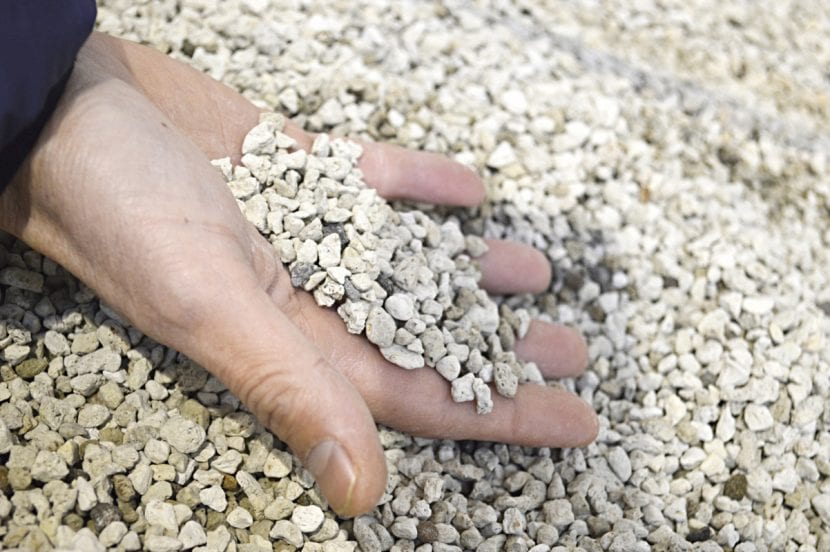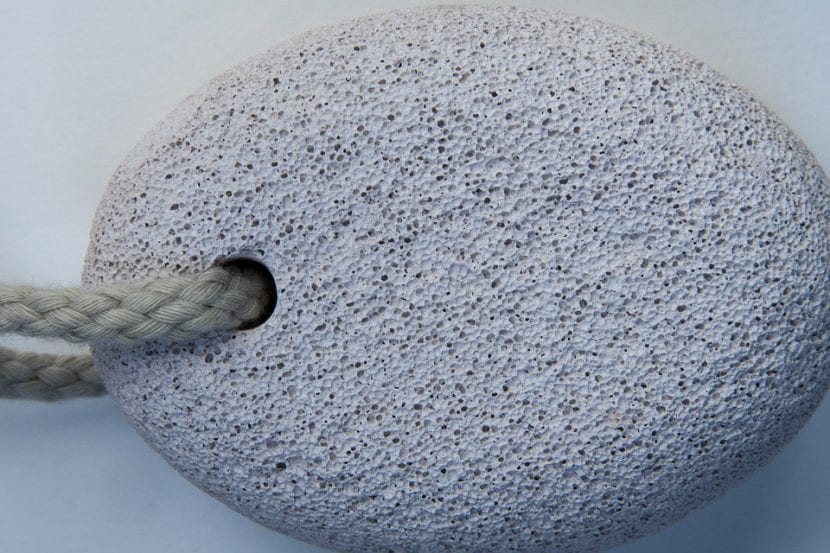
Image - Pomice per Bonsai
In the same way that there are many types of soils, there is also a great variety of substrates that we can use to grow our plants. One of the most interesting, both for bonsai and to improve drainage, is the pumice.
This material is of volcanic origin with characteristics that will allow the roots to always be perfectly aerated, something that will help prevent rot.
What is it?

The pumice, also called pumice, jal or liparite, is a volcanic igneous rock; that is, it is formed when magma cools and turns from a liquid to a solid. Its density is very low, so much so that it floats on the water, and it is also very porous. It has a color that can be white or gray, although the one that is sold for use for plants is white.
If we talk about its age, it is a quite »young» rock, from the Tertiary Period (about 66 million years ago) to our era. It contains quartz, plagioclase and potassium fedspar, so as it decomposes it releases silica, albite, sodium oxide, aluminum sesquioxide and calcium oxide.
What is the cheek used for?
We can find it in glass cleaners, erasers, toothpastes, exfoliating cosmetics, and, of course, also as a substrate for plants, which is what interests us 🙂.
Uses as a substrate
Regardless of the size of your grain (which can be classified according to the size of the grain: from 3 to 6mm would be the medium, and from 6 to 14mm the large), its characteristics are very interesting:
- It allows the roots to be always well oxygenated and ventilated
- Plants can root better
- Mixed with other substrates such as peat moss, it prevents them from shrinking, something that often leads to root rot
But not everything is good: it costs a lot to absorb the water, so it is not highly recommended - at least, not as the only substrate - for plants such as trees, palms, flowers, etc.
With what plants can it be used?
It is widely used when growing bonsai or prebonise, but it is also very interesting for succulents (especially cacti), and for those plants that are grown in areas that are not the most suitable (for example, Japanese maples in the coastal Mediterranean).
Where to buy pumice?
This product is sold in stores and nurseries specialized in bonsai, but also here:
